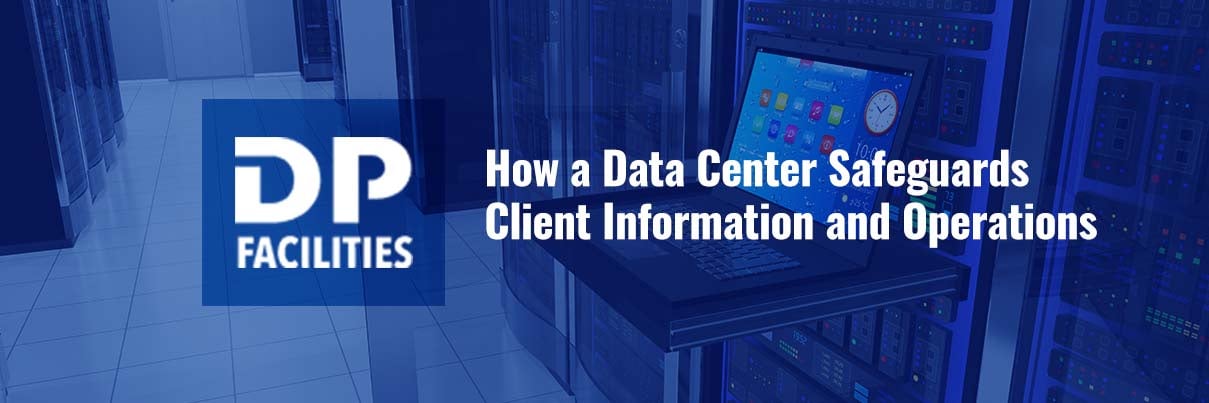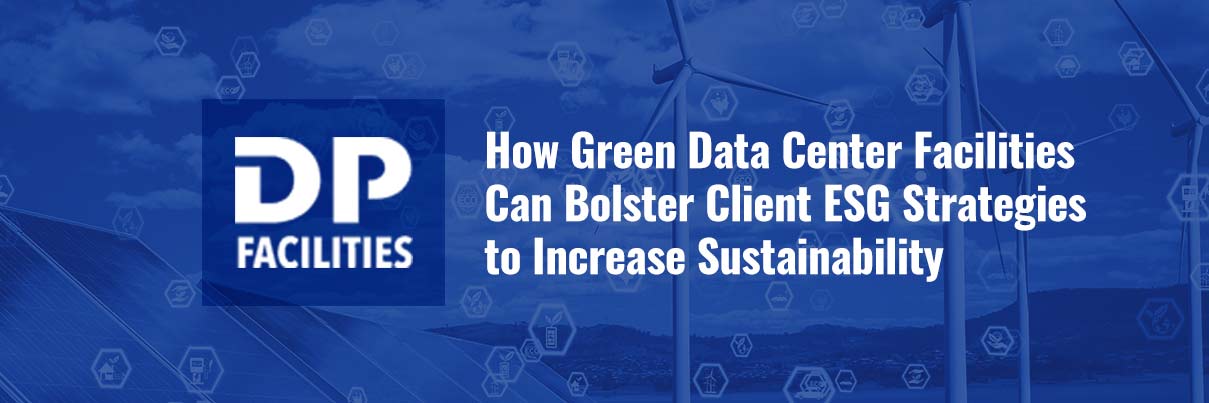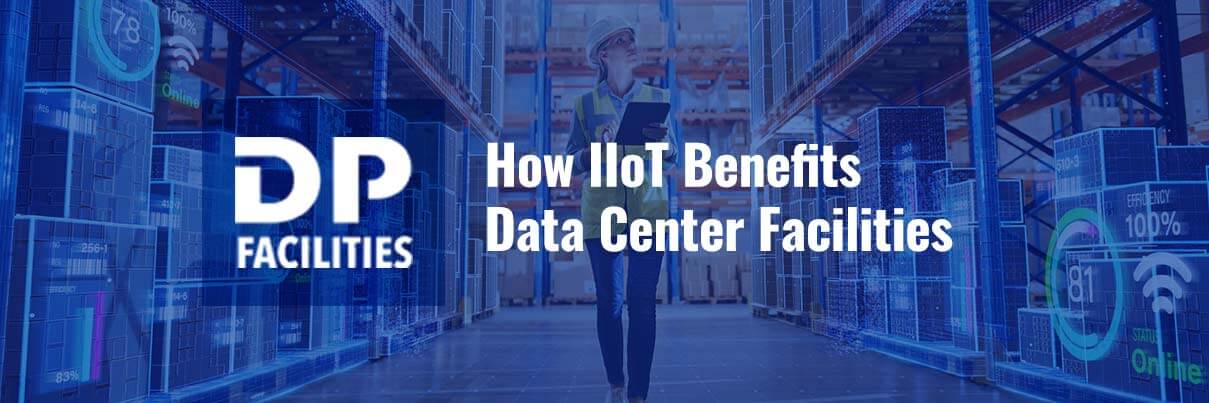
Data centers in essence, are in many aspects the heartbeat of an enterprise. They are designed to seamlessly execute business transactions and provide external and internal services such as e-commerce, email hosting, critical file storage, and online gaming to name a few. A breach of any sort can not only cripple an enterprise, but disrupt global financial transactions, entertainment, and vital business communications.
These often-off-site facilities already provide a layer of physical security that is far more superior to any generic rack room equipped with some computer gear housed onsite in a wiring closet at headquarters. In a dedicated data center facility, equipment is safely installed behind locked doors, in cabinets with password and 21st-century biometric protocols in some cases, to ensure only authorized personnel can gain access.
It is vital that data centers ensure that client information and transactions are as impenetrable as possible from unauthorized access, use, or disclosure. They must also ensure that the information is backed up regularly and stored in a secure environment. By safeguarding client information at a level that cannot be matched by most inhouse IT facilities, data centers help protect clients from identity theft, fraud, and other malicious activities.
So how specifically do data centers accomplish such a level of security? A data center safeguards client information from cyber-attacks and other virtual threats to their operations in the facility by implementing a variety of measures. These measures in many cases include physical security, such as access control systems, CCTV surveillance, and alarm systems; logical security, such as firewalls, encryption, and authentication; and environmental security, such as temperature and humidity control. Additionally, data centers have stringent policies and procedures in place to ensure that all data is handled securely and that any unauthorized access is prevented. Finally, most data centers have a comprehensive disaster recovery plan in place to ensure that any data loss or disruption is greatly mitigated and to a certain extent, recoverable.
Physical Security
Physical security measures are essential for protecting data centers from unauthorized access. These measures can include access control systems, CCTV surveillance, and alarm systems. Access control systems can be used to restrict entry to the facility and its data, while surveillance is used to monitor activity within the facility 24/7. Sophisticated alarm systems immediately alert staff of any suspicious activity.
Logical Security
Logical security measures are also important for protecting data centers from cyber threats. These measures include firewalls, encryption, and authentication. Firewalls are used to protect the data center from external threats, while encryption is used to protect client information from unauthorized access. Multilayered authentication measures are also used to ensure that only authorized users have access to the data center.
Environmental Security
Environmental security measures are critical for protecting data centers from environmental threats. These measures include temperature and humidity control, as well as power protection systems. Temperature and humidity control help ensure that the data center is operating at optimal conditions, while power protection systems protect against power outages or surges. Recent innovations in efficiency practices like cold aisle containment and advanced use of artificial intelligence for automated temperature monitoring have helped in reducing data centers power overutilization, safeguarding against outages.
Policies and Procedures
Data centers also have policies and procedures in place to ensure that all data is handled securely and that any unauthorized access is prevented. These policies and procedures include guidelines for handling sensitive information, as well as protocols for responding to security incidents. With high-volume bandwidth information flowing through data centers each day, such policies and procedures are among the most sophisticated, especially when it comes to sensitive, proprietary, and financial transactions.
Disaster Recovery Plan
Finally, data centers have a comprehensive disaster recovery plan in place to ensure that any data loss or transaction disruption is minimized. This plan usually includes steps for restoring operations in the event of a disaster, as well as strategies for preventing future disasters from occurring.
The combination of policies, processes, procedures, and technologies that secure data centers responsible for storing and managing large amounts of client information, when executed properly, provides a level of safeguarding this is unmatched for the privacy and security of clients.


